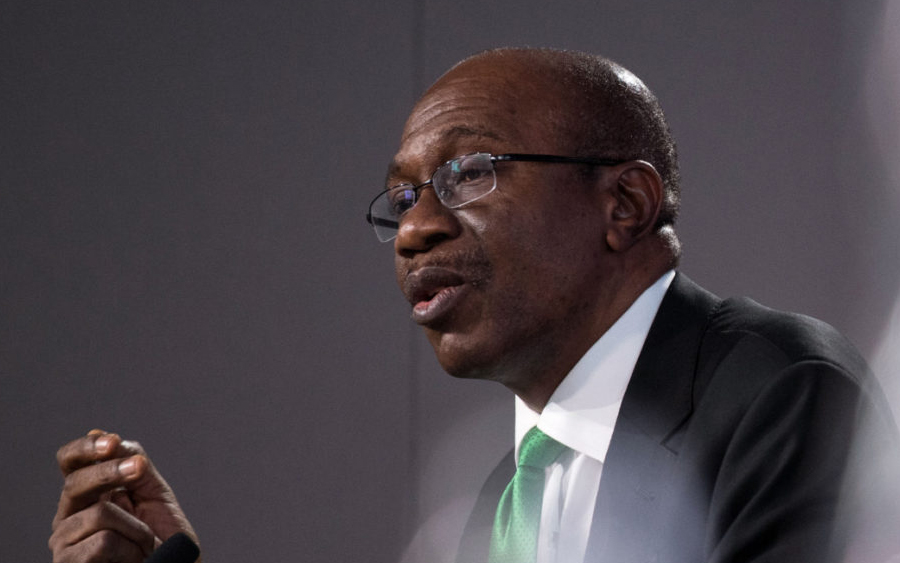In my first article on the issue of mutual fund fees, I promised to explain all or most of the fees that make up the total expense ratio of a fund. In that piece, I did explain what management fee is, how to calculate it, and how to reduce the burden by negotiating better rates if you are in a position to do so.
In this second piece, I will be talking about performance or incentive fee. A research conducted by Quantitative Financial Analytics indicates that at least 90% of mutual funds in Nigeria charge or are structured to charge incentive fees.
Unfortunately, many investors in Nigeria are not aware that the funds they are invested in are structured to charge incentive fees. The reason is either because they did or do not read the fund prospectus or they do not care to find out or do not understand that aspect of the prospectus. Another reason is that the fund prospectuses bury the information on incentive fees under the broad heading of management fee. For Example, page 11 of the prospectus for ARM Aggressive Fund reads: “In addition, the Manager will be entitled to an annual incentive fee which shall not exceed 30% in excess of 10% of the growth in the Net Asset Value of the Fund”.
In the same way, buried in the management fee disclosure is the information on the incentive fee chargeable by FBN Fixed income fund manager which reads as follows on page 13 of the prospectus: “The Manager is also entitled to an incentive fee which shall not exceed 30% of the total returns in excess of 10% of the Fund’s NAV per annum”. The same can be said for almost all the mutual funds in Nigeria.
What is Incentive Fee: In a lay man’s language, it is a fee you pay to your fund manager to motivate or incentivise him or her to do more to generate profit for your investment. Incentive fees, or performance fees as it has been interchangeably called, is a fee that investors pay to the fund manager for performing or generating profits for investors.
You may ask why you should pay an additional fee for a fund manager to generate profit since that is what they are meant to do in the first place. You are correct; however, most incentive fees are structured in such a way that the manager gets paid when and only if he performs above a certain percentage or index or amount, otherwise called high water mark.
As can be seen from the examples mentioned earlier, ARM and FBN fund managers, like every other fund manager, are only entitled to incentive fee, if they make profits in excess of 10% of the net asset value during the fee period. What this means is that if you invest N100,000 in a fund and at the end of the year, the fund makes you N15,000 profit, the first 10% profit or N10,000 will not be subject to incentive fee but the additional N5,000 will be subject to 30% incentive fee, In that case, you will receive N13,500 instead of N15,000 profit because N1,500 has gone to the fund manager as incentive fee.
ALSO READ: Is Nigeria’s Mutual Fund Industry a Duopoly Dominated by two Mutual Fund Managers?
Not So Straight Forward: Unlike management fee which I talked about in an earlier article, whose calculation is the application of an agreed percentage on the agreed period net asset value, incentive or performance fees are not as straight forward. The reason for this is that some incentive fees are structured in such a way that they are calculated based on the relationship between your fund’s performance and the performance of an index, or a hurdle rate. Most mutual funds in Nigeria use the hurdle rate structure to price their incentive fees.
A hurdle rate is the percentage rate of performance, below which the fund manager shall not be entitled to receive performance or incentive fee. It is like telling the fund manager that the only way he can get paid incentive fee is if he “jumps” above the hurdle. To see how this works, consider SIM Capital Alliance mutual fund, which had a net asset value of N4,249,312 on June 30, 2013 and N4,896,281 on June 30, 2014. The fund paid a dividend of N264,478 before arriving at the June 30 2014 numbers. However, the fund prospectus says that “the fund manager will be entitled to an incentive fee of 20% of returns in excess of a determined bench mark which will be agreed from to time.
The bench mark set for the first three-year period is a total annual return or growth rate of 20% of the Net Asset Value at the beginning of the financial year”. So, given the above stipulations and numbers from the audited financial statement of the fund, here is how much incentive fee, the fund manager was entitled to.
As can be seen from above, the fund had an annual performance of 21.45%, calculated as the change in NAV (5,160,759-4,249,312), N911,447 divided by the opening NAV of N4,249,312. Since this 21.45% is greater than the hurdle rate of 20%, the fund manager is entitled to performance fee based on the out performance.
The out performance is the difference between the fund’s performance and the benchmark or hurdle rate or index, in this case, 21.45% minus 20%, that is 1.45%. By multiplying the beginning NAV by the out-performance percentage, you arrive at the out performance in Naira terms. In other words, 1.45% multiplied by 4,249,312, gives you N61,584.6. This is the bases on which the incentive fee is calculated because that is the amount by which the fund performed above 20% of its opening Net Asset Value.
Since the incentive fee is 20% on the excess over the hurdle rate of 20%, the fund manager is entitled to N61,585 multiplied by 20% which gives N12,323. That is what the fund manager will collect from all the investors in the fund, not each of them. To find out how much each investor is required to pay out of the N12,323, divide N12,323 by the number of outstanding shares which gives you the incentive fee per share.
By multiplying the incentive fee per share by the number of shares you hold or any investor holds, you arrive at how much incentive fee you or any investor are required to pay. You are not required to issue a check for this fee or pay cash. Instead, it will be deducted from your account balance in the fund. Depending on the level of transparency of your fund or how much information they present on the investor statement, you will see the amount being deducted on your investor statement.
Now, fast forward to the 2015 audited financial statement of SIM Capital Alliance Fund which reported opening balance of N4,883,958 (that is 2014’s ending balance of 4,896,281 less incentive fee of N12,323) and ending balance of N4,337,135 after paying dividend of N320,967. How much incentive fee should the fund manager receive in 2015; you may ask.
You will discover that the fund made a loss of N225,856 in 2015 which translates to minus 5%. Therefore, the fund manager would not get incentive fee because not only did he make a loss, he under-performed the hurdle rate of 20%.
Other Incentive Fee Provisions: As noted above, when funds make losses, incentive fees are not paid. Yet, this is not always the case. When the benchmark reference for incentive fee calculations is an index, investors can still be required to pay incentive fee if the fund loses money in such a way that the loss is less than the loss made by the reference index. For example, if a fund whose incentive fee depends on whether it out performs the Nigeria Allshare Index losses 5% while the index loses 10%, the fund out performed the index by 5% because it made less loss than the benchmark index and as such, investors are required to pay incentive fee even though the fund lost money. Therefore, be wary of funds that charge incentive fees based on index performance. You may find yourself in a situation of head you lose, tail you lose.
Loss Carry Forward: There are, however, some provisions that compensate investors for loses. Some funds have what is called loss carry forward or claw back provisions. In such situations, fund managers are not entitled to performance fees if the fund makes gains years after making losses unless the gain is in excess of the benchmark hurdle or index as well as in excess of the losses made in the past. It is, therefore, to the advantage of the investor if the fund’s performance fee has a loss carry forward provision.
Currently, there is no fund in Nigeria with a loss carry forward provision and it will a good marketing tool for fund managers to have this provision as a way to attract more investors. It will also be to the advantage of investors if they, through their association (i.e., the association of mutual fund investors), can put pressure on fund managers to structure their incentive fees in a more investor friendly manner.
Payment Frequency: Another important consideration to pay attention to is the payment period of the incentive fee. The industry standard is annual payment. However, some funds pay out incentive fees quarterly. The advantage of annual payment is that assuming a fund does well for the first two quarters and incentive fees are accrued, but loses money in the last two quarters of the year, investors may end up not paying incentive fee for the entire year. But for a quarterly pay, investors would pay for the first two quarters of good performance while suffering loses in the last two quarters. So always find out the payment frequency of incentive fees when investing in a fund.




















Wow! What an eye opener. Thank You, Uche.
I’ve got to direct others to this site, ASAP. It’s amazing how equivocal asset management – particularly mutual fund management is in Nigeria.